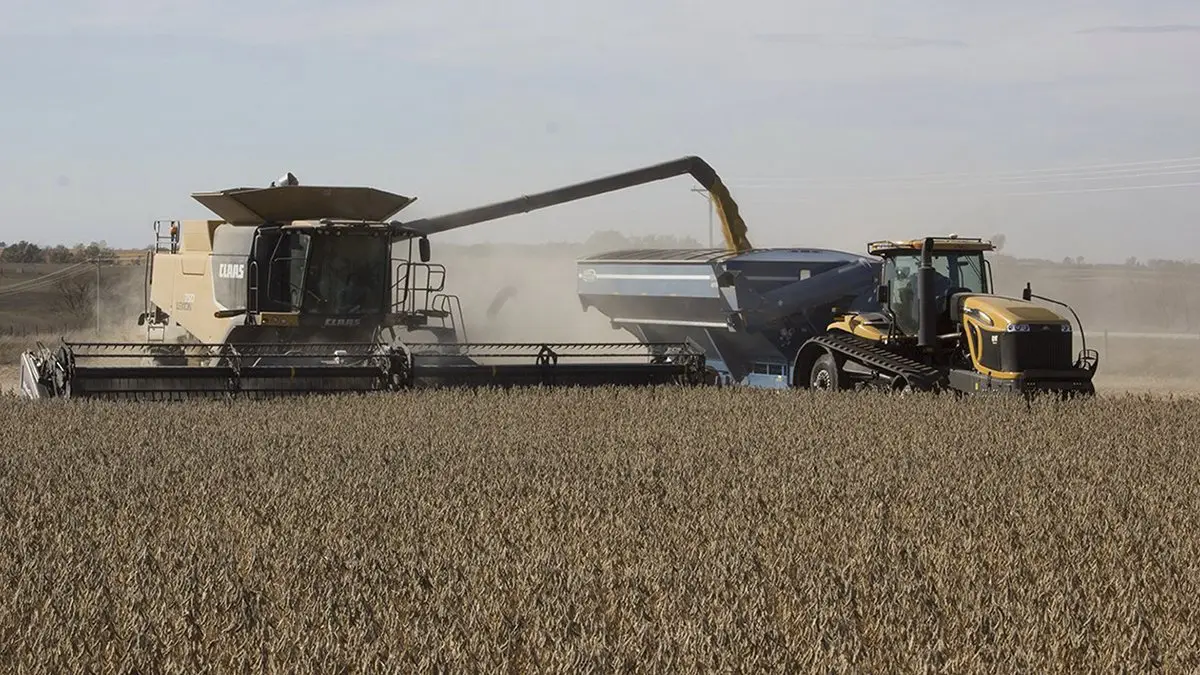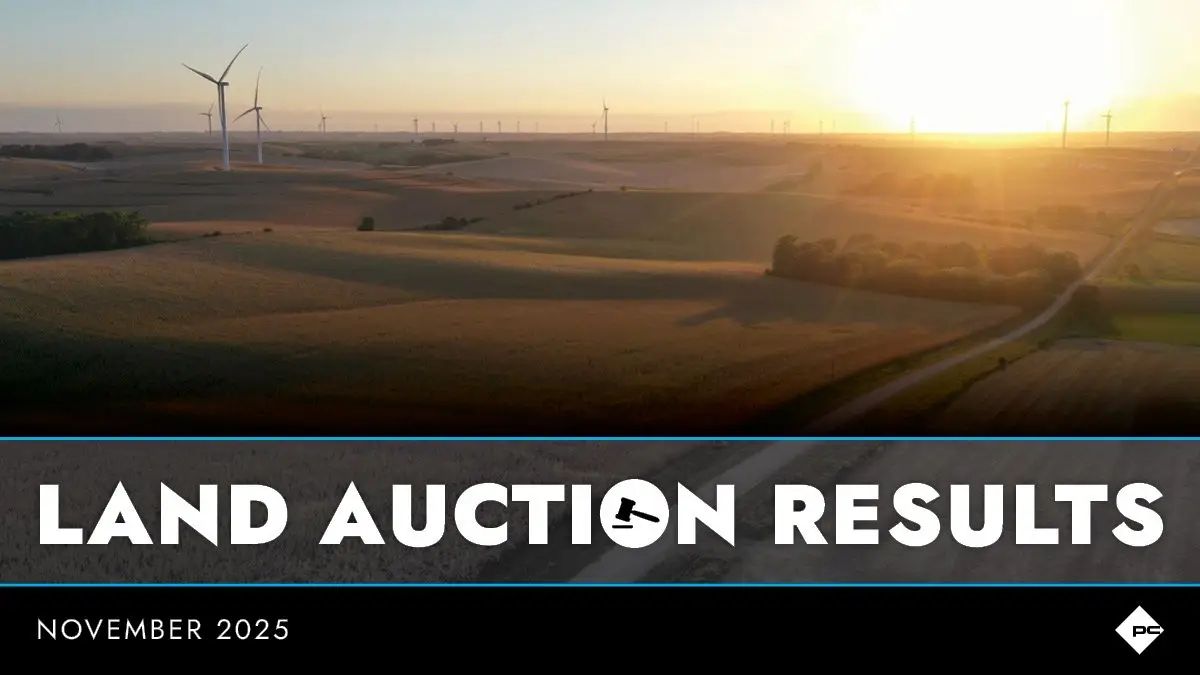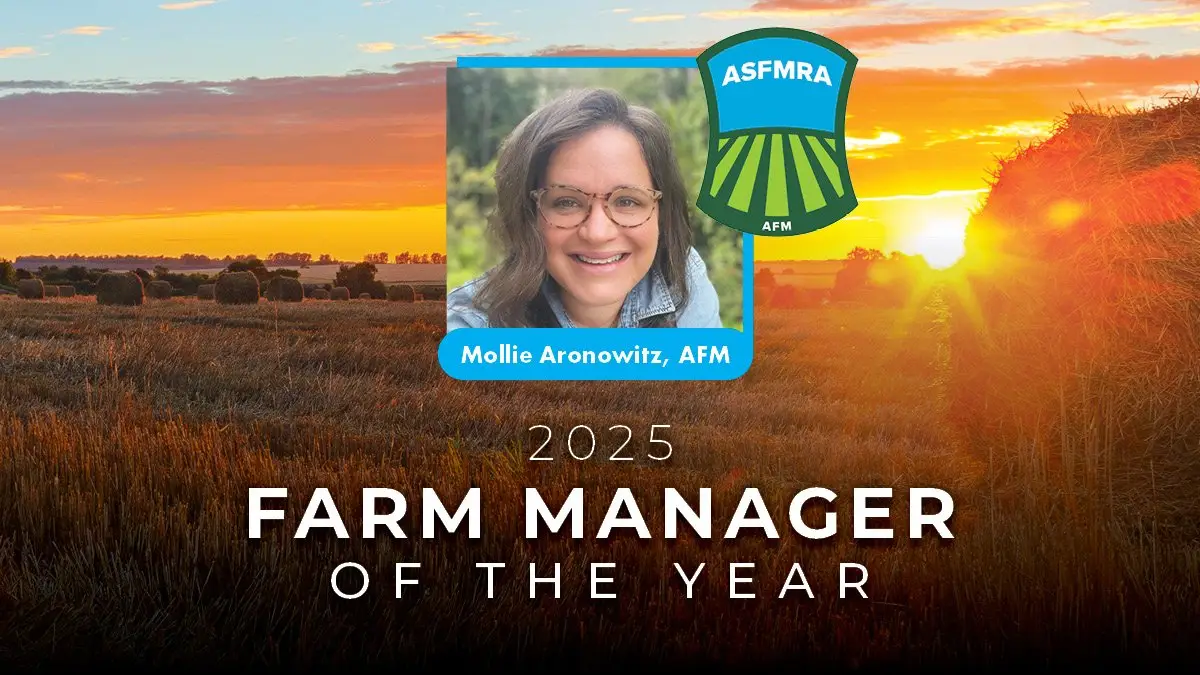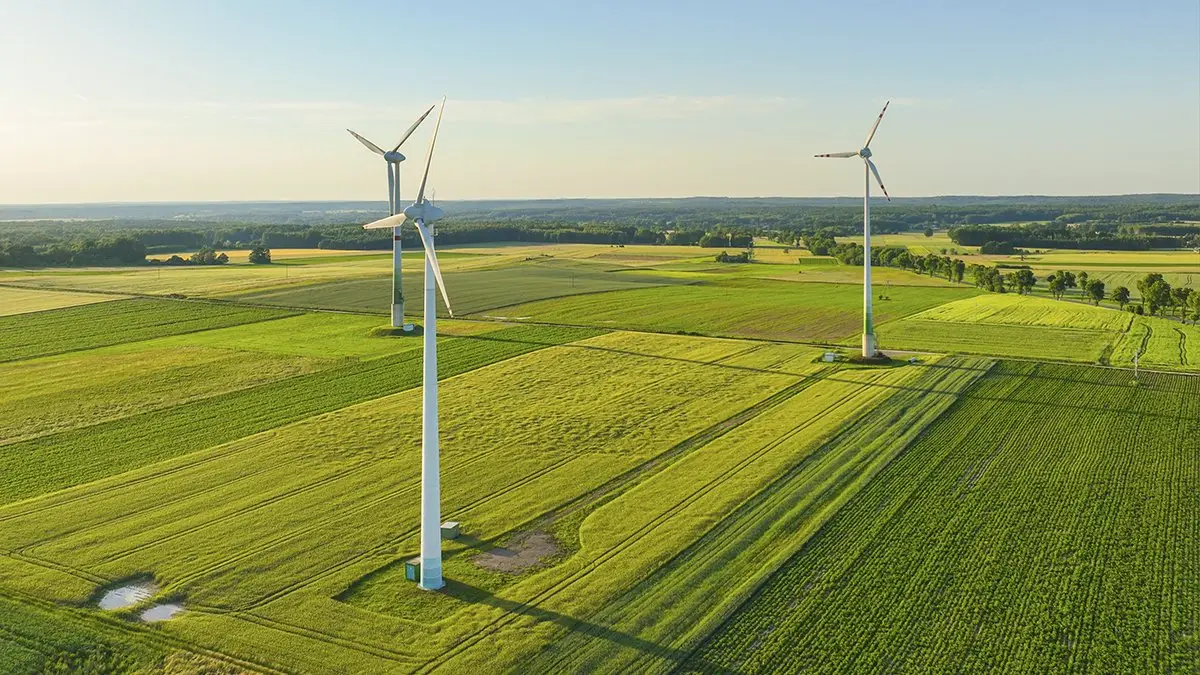Post-harvest isn’t downtime, it’s decision time. The condition of your fields right now offers the clearest view you’ll have all year of how your land performed. Assessing soil structure, drainage, and fertility before winter helps you make informed choices that protect productivity and preserve long-term value.
Why Post-Harvest Evaluation Matters
Healthy soils and effective drainage systems aren’t just agronomic details, they’re fundamental to land value. After months of equipment traffic, rainfall, and nutrient uptake, a post-harvest review helps landowners see how their fields performed and where small adjustments can make a big difference.
Properties that show consistent soil care and well-maintained drainage often draw stronger buyer interest. These characteristics signal stewardship, reduce risk, and demonstrate that the land has been responsibly managed over time.
Key Areas to Review
1. Soil Compaction
Harvest traffic and wet field conditions can leave behind compacted layers that restrict root growth and water movement. Testing with a soil probe or penetrometer helps identify those tight zones. If compaction is found, consider deep tillage or planting cover crops with strong rooting systems to rebuild soil structure and porosity.
2. Drainage and Tile Systems
Tile systems are essential to both land performance and long-term value. Post-harvest is the perfect time to check tile outlets, confirm consistent water flow, and look for any blockages or collapsed sections. Even small drainage issues, if ignored, can lead to erosion and yield loss over time.
3. Soil Nutrient Balance
Review recent yield maps and fertility data to align next year’s nutrient plan with observed field performance. Sampling areas with lower yields can uncover issues such as pH imbalance or nutrient depletion—information that supports smarter, more efficient management decisions.
Building Long-Term Value
Even if you don’t plan to sell, post-harvest evaluation protects your investment. Addressing small issues early prevents costly repairs and helps sustain productivity for years to come.
A few key benefits include:
Preventing small problems before they become major expenses.
Planning more effectively for next year’s crop with accurate soil and drainage data.
Protecting long-term value by maintaining the systems that support consistent yields.
Thoughtful land stewardship benefits today’s operator and tomorrow’s owner alike. It’s one of the most reliable ways to preserve and enhance farmland value over time.
Practical Steps for Landowners
Walk or drive your fields shortly after harvest while soil conditions remain visible.
Take soil samples before winter sets in to establish a reliable baseline for fertility planning.
Inspect tile outlets and drainage ditches for blockages or erosion.
Document what you see with photos and notes, these details will guide next year’s improvements and strengthen marketing materials if you decide to sell.
Positioning for the Future
I’ve seen firsthand how proactive management enhances both short-term productivity and long-term marketability. Land that reflects responsible stewardship tends to attract more interest and stronger offers when it hits the market.
Peoples Company’s team of land professionals partners with landowners to interpret these observations, highlight property strengths, and identify opportunities to build value, whether you’re planning next year’s crop or preparing for a future sale.







